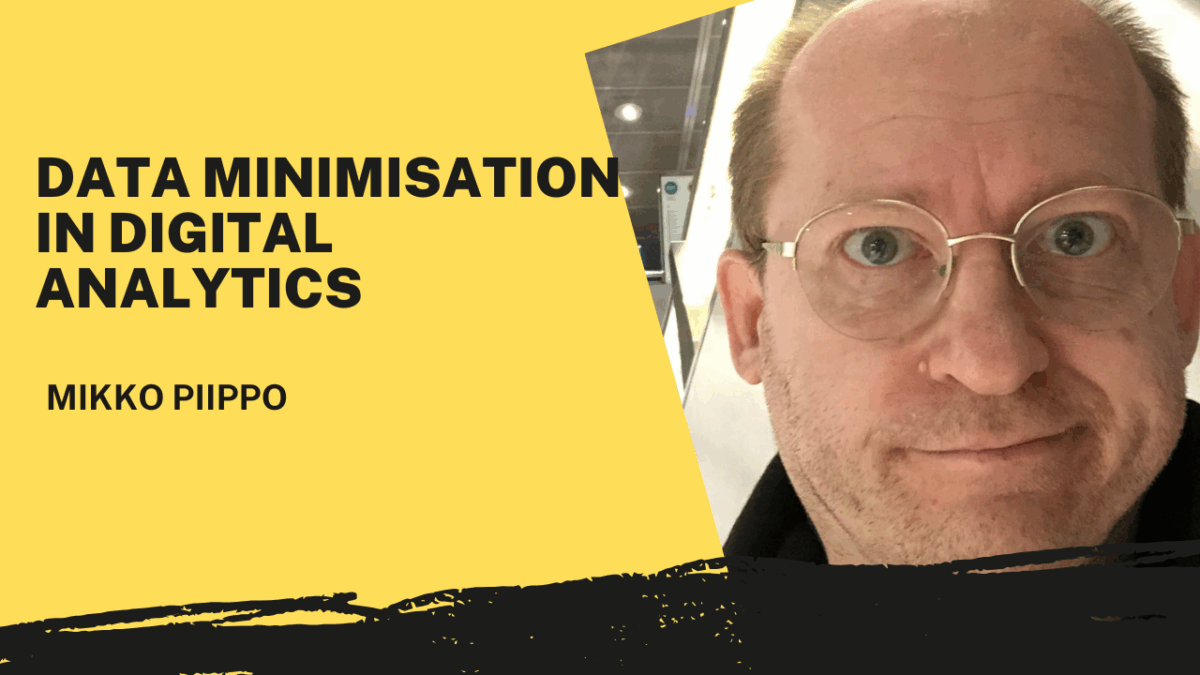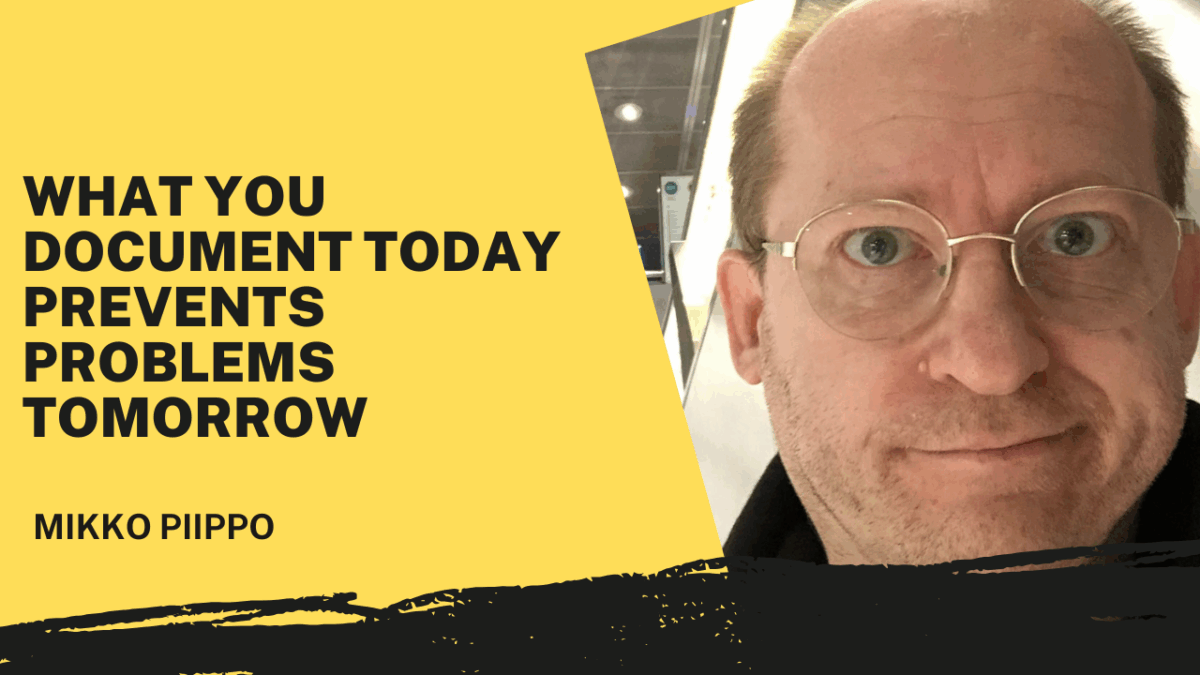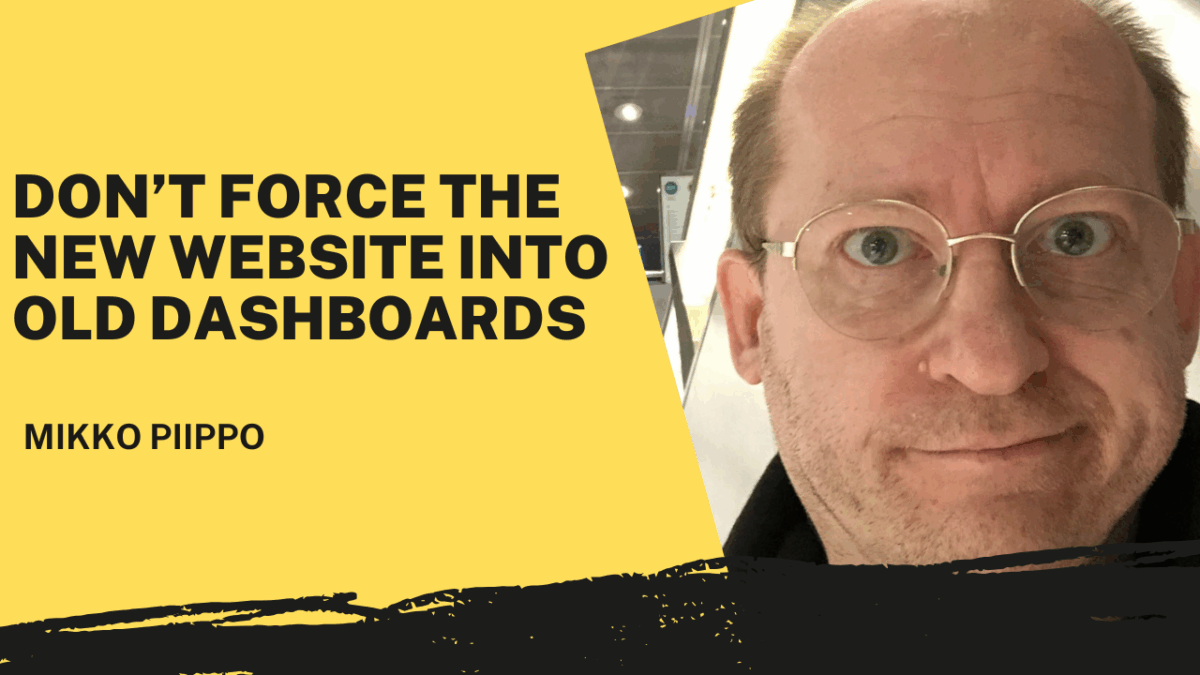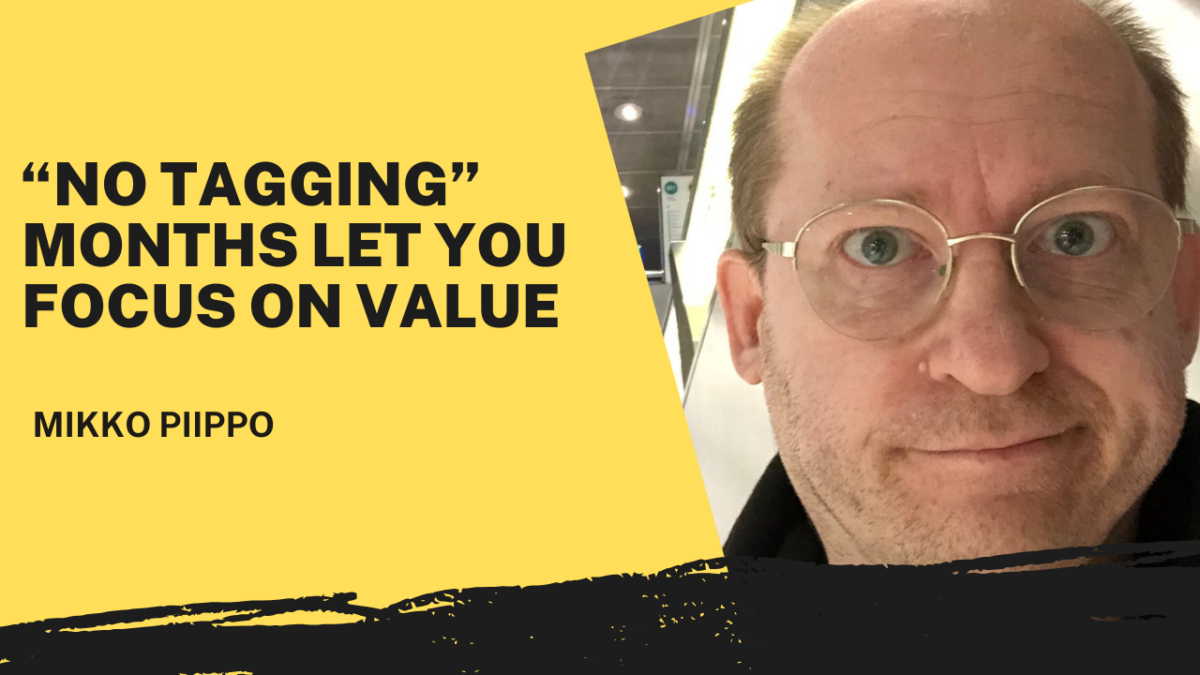Data minimisation is a core principle in privacy regulations, such as the GDPR. But it’s also just common sense.


Data minimisation is a core principle in privacy regulations, such as the GDPR. But it’s also just common sense.

Good documentation doesn’t slow things down. It keeps everything working. This post is for marketing and IT decision-makers, analytics product owners, and anyone responsible for making sure analytics delivers value.

In the age of AI, the safe path—following the approved process—isn’t safe anymore.

If your team is stuck with reports that don’t lead to decisions or tools that don’t quite work together, it might be time to bring in a digital analytics consultant.

You can have bulletproof data. You can follow privacy regulations. You can track users across sessions. But you can’t have all three.

For most of my career in digital analytics, I’ve done a bit of everything. In theory, that sounds like a full-stack analytics dream. In practice, it’s exhausting.

Analytics can’t stay tied to the old structure if the business has moved on. Just like the website evolved, the measurement framework must evolve. Otherwise, we only force the new site to fit inside old templates.

“What did marketing actually achieve?” – is the question at the end of every quarter. Or every month. And the answer never quite satisfies anyone in the room.

Minimalism influencers advocate no-buy months. They stop buying anything unnecessary to focus on what they need. In digital analytics, we can use “no tagging” months to focus on data that matters.

Companies need to ensure that someone is actively analysing the data and turning it into recommendations. Otherwise, digital analytics will remain a dream.